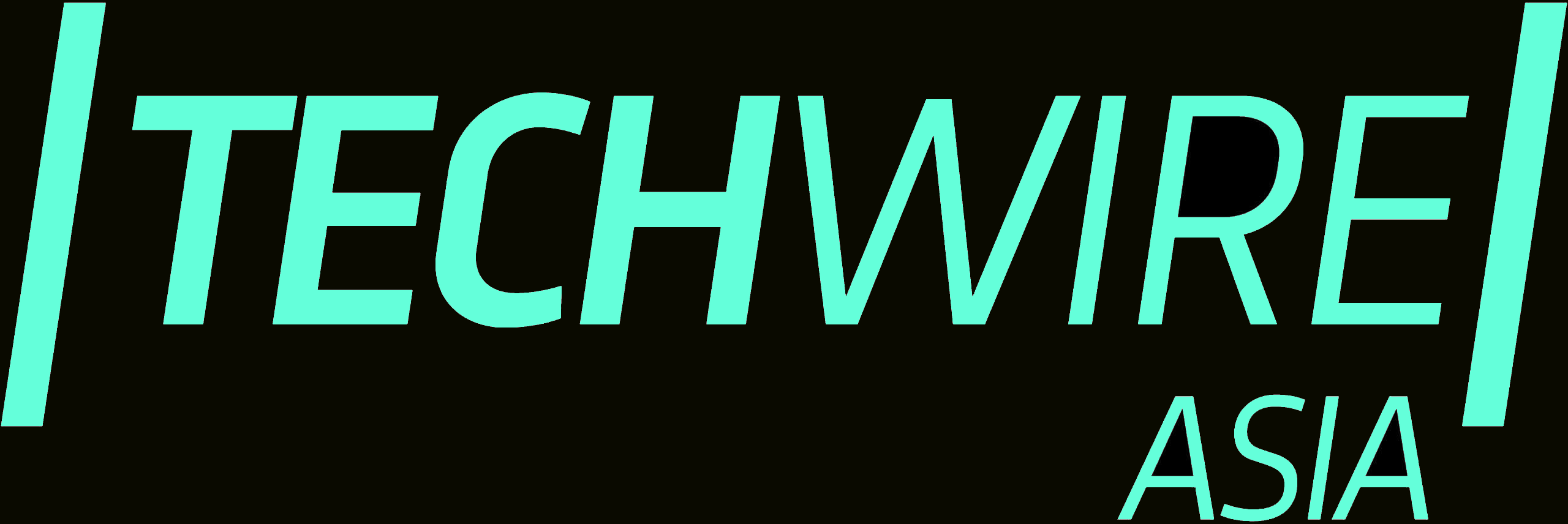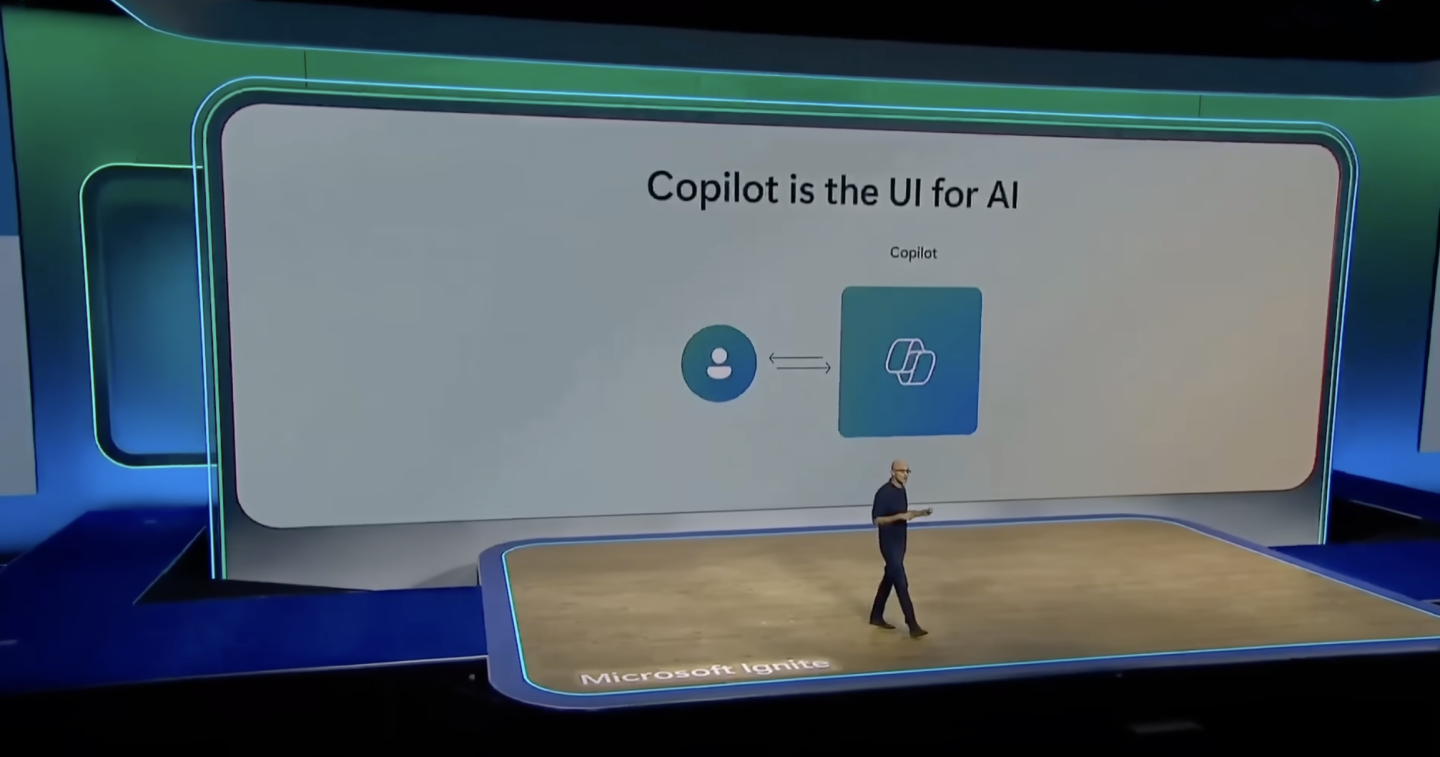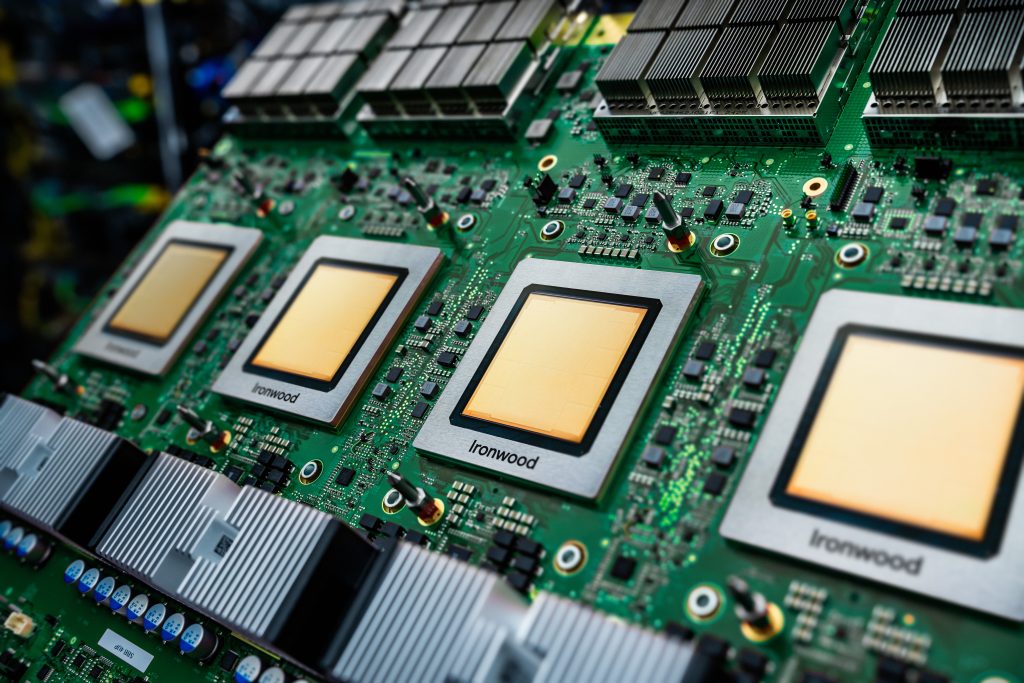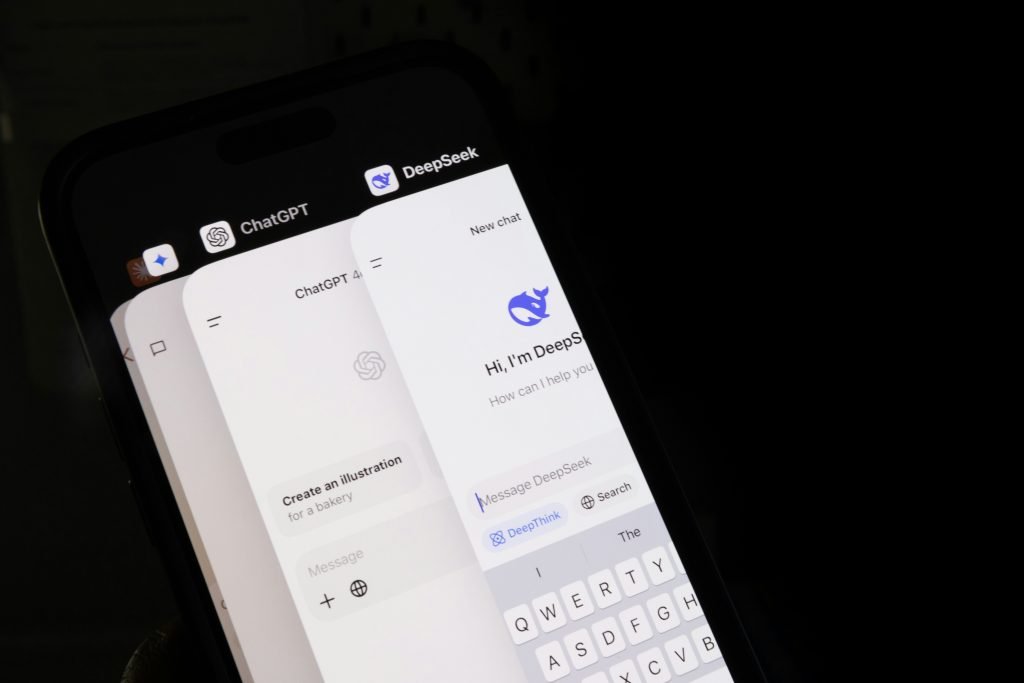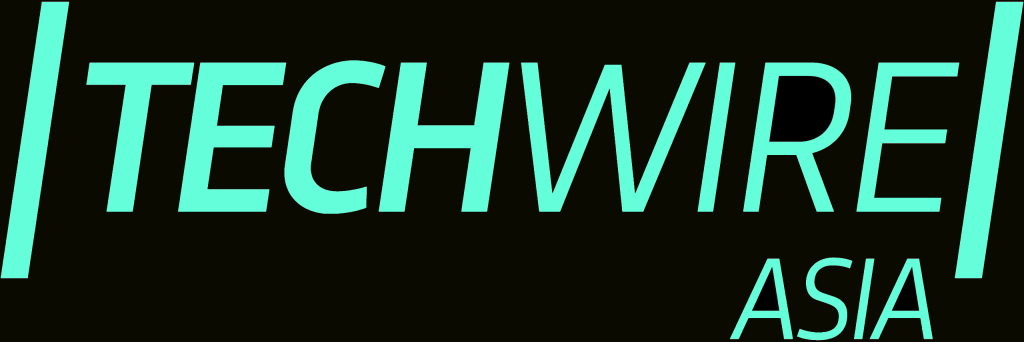- Microsoft is developing in-house AI models, called MAI.
- The performance is comparable to models from OpenAI and Anthropic.
According to a person familiar with the matter, Microsoft is working on in-house AI models that could compete with those from industry leaders like its partner, OpenAI.
Microsoft has tested a family of models it calls MAI, which reportedly produced results on a par with state-of-the-art AI models from OpenAI and Anthropic. Redmond is looking at how these models might support products like its Copilot-branded AI assistants, which handle user queries and provide suggestions for tasks like document editing and conference calls.
In addition to MAI, Microsoft is working on reasoning models designed to tackle complex problems and simulate human-like decision-making. OpenAI, Anthropic, and Alphabet are also developing similar models.
Microsoft incorporated OpenAI’s o1 reasoning model into its Copilot products last month. A Microsoft spokesperson stated that the company continues to use a mix of models from OpenAI, Microsoft AI, and open-source sources to support its products.
Reducing dependence on OpenAI
The development of MAI models reflects Microsoft’s broader effort to reduce reliance on OpenAI. It has invested around $13 billion in OpenAI since forming a partnership in 2019, which gave OpenAI access to Microsoft’s Azure cloud platform to power its AI research and development. The partnership between the two companies was renegotiated in January, allowing OpenAI to use cloud services from competitors unless Microsoft claims the business for itself. The updated agreement runs until 2030.
Amy Hood, Microsoft’s Chief Financial Officer, recently spoke about the partnership at a Morgan Stanley conference. “We’re both successful when each of us are successful,” Hood said. “So as you go through that process, I do think everybody’s planning for what happens for a decade, or two decades. And that’s important for both of us to do.”
OpenAI’s role in Microsoft’s products
>Since the partnership began, OpenAI’s models have been integrated into Microsoft products, including Office, GitHub Copilot, and Bing Search. Microsoft’s AI infrastructure is primarily hosted on Azure, and the company also collaborates with OpenAI on AI supercomputing and large language models (LLMs). “We feel great about having leading models from OpenAI, we’re still incredibly proud of that,” Hood previously said. “But we also have other models, including ones we build, to make sure that there’s choice.”
Expanding AI model options
Alongside OpenAI’s models, Microsoft has developed a set of smaller in-house models called Phi, and tested AI models from other providers, including Anthropic, DeepSeek, Meta, and Elon Musk’s xAI, to evaluate their performance in the Copilot framework.
Anthropic’s Claude is known for its focus on safety and alignment with human values. The company has secured significant investment, raising its valuation to $61.5 billion. Google’s Gemini, developed by DeepMind, is a multimodal model capable of processing text, images, audio, and video simultaneously. Google has positioned it as a competitor to OpenAI’s GPT-4, with multiple versions like Gemini Ultra, Pro, and Nano tailored to different use cases.
Meta’s LLaMA series is an open-source model designed to foster transparency and accessibility for developers. Meta’s focus has been on creating conversational AI with natural interactions. xAI’s Grok, integrated into the X platform, focuses on real-time information and conversational AI. It is positioned as a direct competitor to ChatGPT and other conversational models.
Microsoft’s decision to develop its own models reflects the growing demand for diversified AI capabilities. By expanding its model portfolio, the company aims to offer more flexibility and reduce its dependence on a single partner. The development of MAI models positions Microsoft alongside other major players in the AI market, increasing its ability to respond to shifting industry demands and technological advances.
A balanced approach to AI development
Microsoft’s strategy to combine in-house models with external solutions highlights its effort to balance independence with strategic partnerships. OpenAI remains an important partner, but the development of MAI models positions Microsoft to adapt to shifts in the AI market and meet increasing demand for more versatile AI solutions.
